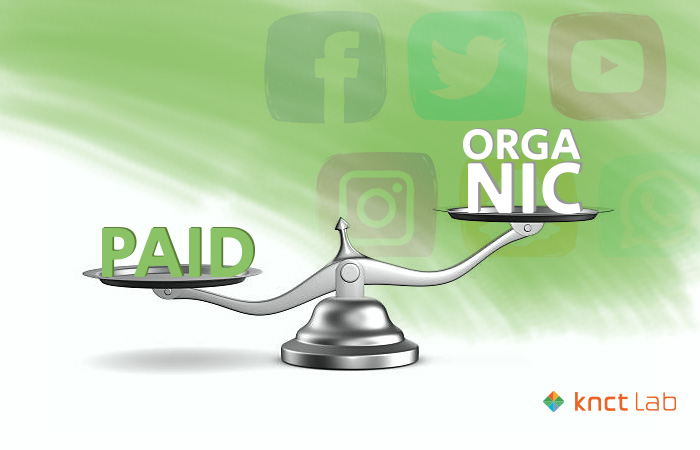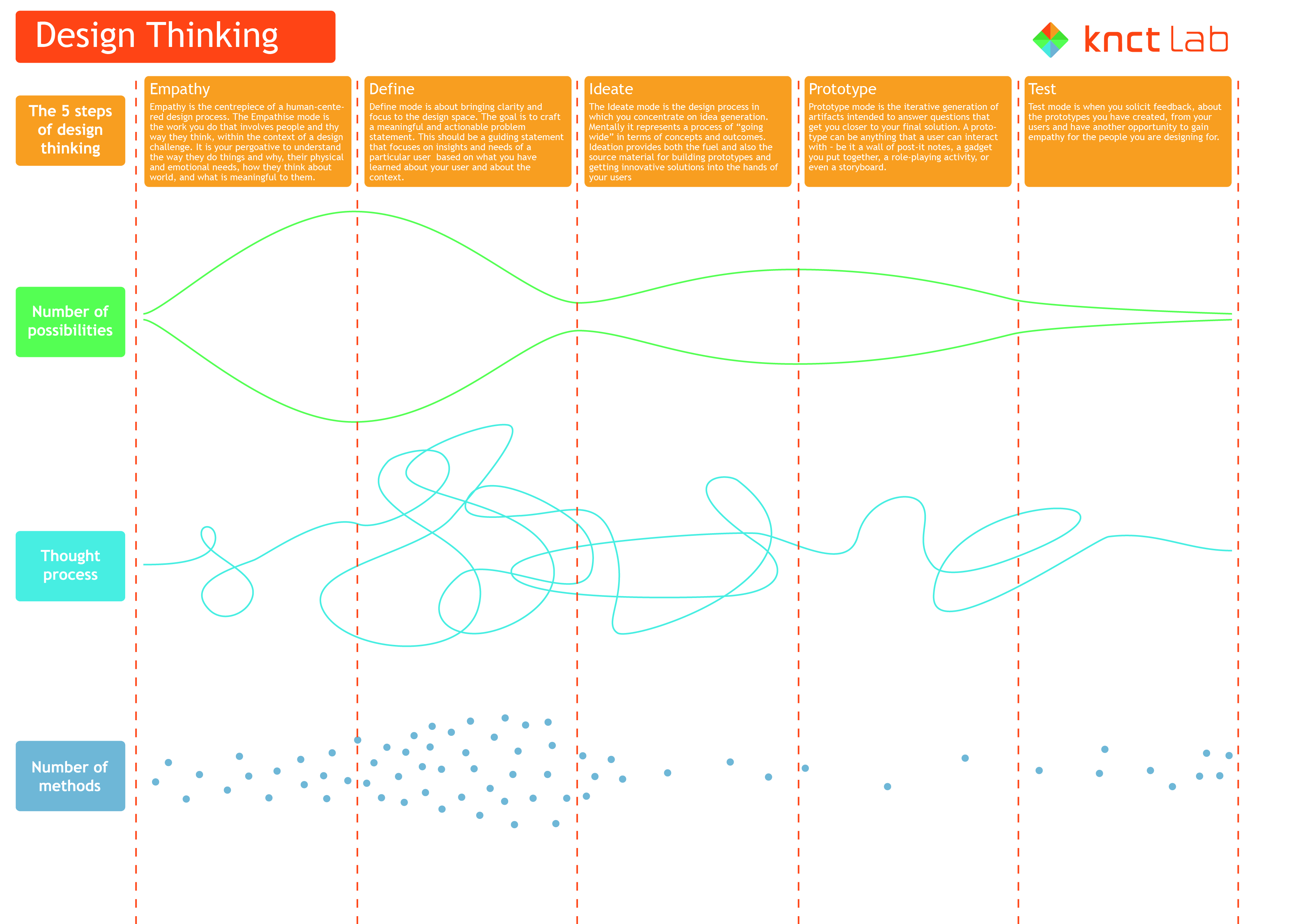
Why digital marketing needs strategic planning
Planning never ever goes waste but ineffective planning can cause a lot of delays and disappointments. Not only do inept strategic plans waste money and time, they also make companies miss precious opportunities to expand and boost performance. What’s more worrying is the danger of damage to credibility.
Why do digital marketing companies in Bangalore need strategic planning?
It is often noticed that every company has some strategic planning in place. But few do it well. Fewer still understand that there should be a concerted and focused effort by the leadership team to bring about an effective strategy that can take the company forward in every sense of the term.
As leaders of organisations sit down to chalk out their strategies, often most are unsure about what they are targeting and whether their plans will bring about the requisite changes in the right areas and functions. As the experts say, guesswork is the first enemy of strategic planning. A more guided approach to strategic planning will involve:
- Establishing strategic objectives for specific goals
- Listing out the action steps to be taken to achieve these goals
- Aligning planning initiatives with overall business strategy
- Building a comprehensive strategy document
Planning your strategy
Research has often proved that businesses with a strategic marketing plan in place are more likely to do well in the long term than those that just implement actions impulsively. In traditional offline businesses, strategic marketing planning are usually annual or longer. Ideally, digital marketing companies should follow their lead. Better still, digital marketing companies must have an ongoing long-term plan, say for an year or two, and then shorter roadmaps to introduce new features or adopt new models of delivery.
Approaches to planning for digital marketing
Beyond the day-to-day issues, generally, there are a few time-tested approaches to strategic planning as part of a larger digital marketing plan. These include:
- A long-term strategic initiatives plan
- An annual digital plan based on the company’s goals
- Specific campaign plans and quarterly roadmaps
- Editorial and content-specific calendars
- Weekly and daily operational to-do lists
Benefits of long-term planning
A long-term strategic plan has many benefits. It enables a digital marketer to be consistent and allocate resources efficiently. A strategic approach makes it easy to launch products on schedule and anticipate changes in the marketplace much ahead of competitors. Some of the major benefits are:
- Budget clarity
- Better content marketing with time to plan high-quality shareable content throughout the year
- Conversion rate optimisation
- Furthering relevance through pre-planned marketing automation projects.
Thus, in every way possible, a good strategic plan is a must for successful digital marketing.
Guesswork is the first enemy of strategic planning.




